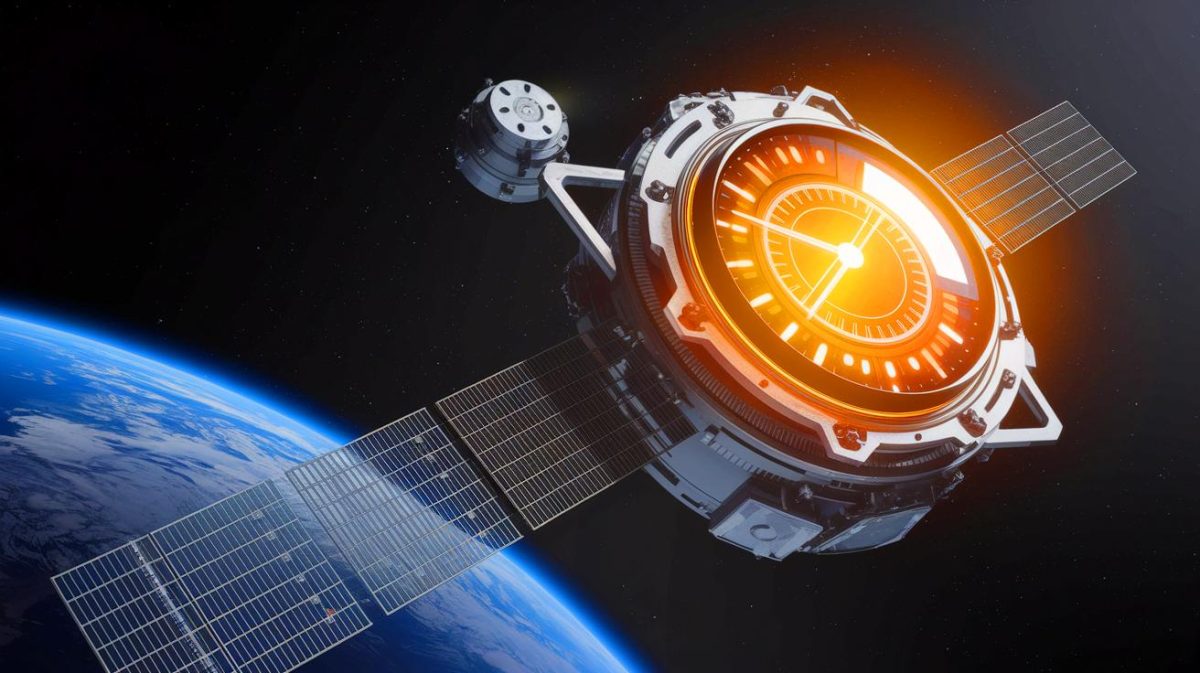| IN A NUTSHELL |
|
In the realm of technological innovation, a groundbreaking development is on the horizon that promises to revolutionize the accuracy of GPS systems. This advancement could redefine navigation, autonomous vehicles, and geological monitoring, thanks to the introduction of a tiny microcomb chip. This chip is set to equip GPS satellites with highly precise optical atomic clocks. This new technology, emerging from collaborative research between Purdue University and Chalmers University, has the potential to make GPS systems 100 times more accurate than current capabilities. The implications of such precision are vast, offering improvements in various technological applications.
The Promise of Optical Atomic Clocks
Optical atomic clocks represent a significant leap forward in timekeeping technology. Unlike traditional atomic clocks, which are already highly accurate, optical atomic clocks offer unprecedented precision. While standard atomic clocks boast an error of one second in millions of years, optical atomic clocks push this boundary further to one second in billions of years. This level of accuracy could transform how we navigate and interact with technology. Current GPS systems, which rely on atomic clocks, provide location accuracy within a few meters. By integrating optical atomic clocks, this precision could be reduced to a mere few centimeters.
Such enhancements are crucial for the development of autonomous vehicles and advanced navigation systems. As Professor Minghao Qi from Purdue University highlights, the integration of optical atomic clocks into GPS satellites would significantly improve the autonomy of vehicles and other electronic systems reliant on precise positioning. However, the challenge lies in the current size and complexity of these clocks, which occupy substantial space and are impractical for satellite deployment. This is where the innovation of the microcomb chip comes into play, offering a solution to miniaturize these clocks effectively.
A Microcomb Chip to Shrink Optical Atomic Clocks
The innovative microcomb chip is a pivotal development in the quest to miniaturize optical atomic clocks. Traditional optical atomic clocks require extensive setups with specialized lasers and optical components, making them cumbersome and impractical for widespread application. The microcomb chip, however, offers a compact solution. These chips generate a spectrum of evenly spaced light frequencies, akin to the teeth of a comb, allowing the division of ultra-fast oscillations into more manageable frequencies.
This technology enables one of the microcomb’s frequencies to lock to a laser, which in turn aligns with the atomic clock’s oscillation, creating a stable reference for precise timekeeping. The ability to integrate microcombs into optical atomic clocks means that the size of these clocks can be significantly reduced without sacrificing precision. As Victor Torres-Company from Chalmers University notes, the microcomb acts as a bridge between the optical signals and the radio frequencies used to count oscillations, facilitating a more compact and efficient clock system.
One Microcomb Isn’t Enough
Despite the revolutionary promise of microcombs, the researchers encountered challenges in aligning the microcomb with the atomic clock’s signals. Initial tests revealed that a single microcomb was insufficient to achieve the desired results. The team discovered that pairing two microcombs, with a slight frequency offset between them, was necessary to convert the ultra-fast time signals of the atomic clock into usable radio frequencies.
This pairing creates a detectable clock signal that allows the system to measure the optical atomic clock’s readings accurately. The offset, such as a 20 GHz difference between the comb spacings, enables electronic detection. However, the integration of additional components like optical amplifiers and modulators is still required. Future research aims to incorporate these elements into the chip, paving the way for mass production and the widespread use of these ultra-precise timekeeping devices.
The Future of GPS and Beyond
The development of microcomb chips marks a significant milestone in making optical atomic clocks more accessible and practical for everyday use. By shrinking the size of these clocks, researchers are opening the door to an array of applications, from satellites to consumer electronics. The impact on GPS technology alone could be transformative, offering a level of precision that enhances not only navigation but also various industries reliant on accurate positioning.
As the technology continues to evolve, the potential for further miniaturization and integration of additional components remains a focal point for researchers. The implications extend beyond GPS, with potential benefits for scientific research, telecommunications, and even financial systems that depend on precise timing. As we move towards a future where technology continues to shrink and become more efficient, one must wonder: how will these advancements reshape our daily lives and the technological landscape?
Did you like it? 4.4/5 (28)






This is incredible! Can’t wait to have more accurate GPS on my phone 📱. How soon can we expect this tech to be implemented?
I’m skeptical about the cost. Won’t these advanced clocks make GPS devices too expensive?
How exactly does a microcomb chip work? Sounds like sci-fi to me! 🤔
Great work, scientists! This could change everything for autonomous vehicles. Thank you for your hard work!
Are there any potential downsides to this new GPS technology?
Wow, miniaturizing atomic clocks! Who would’ve thought? 🤯